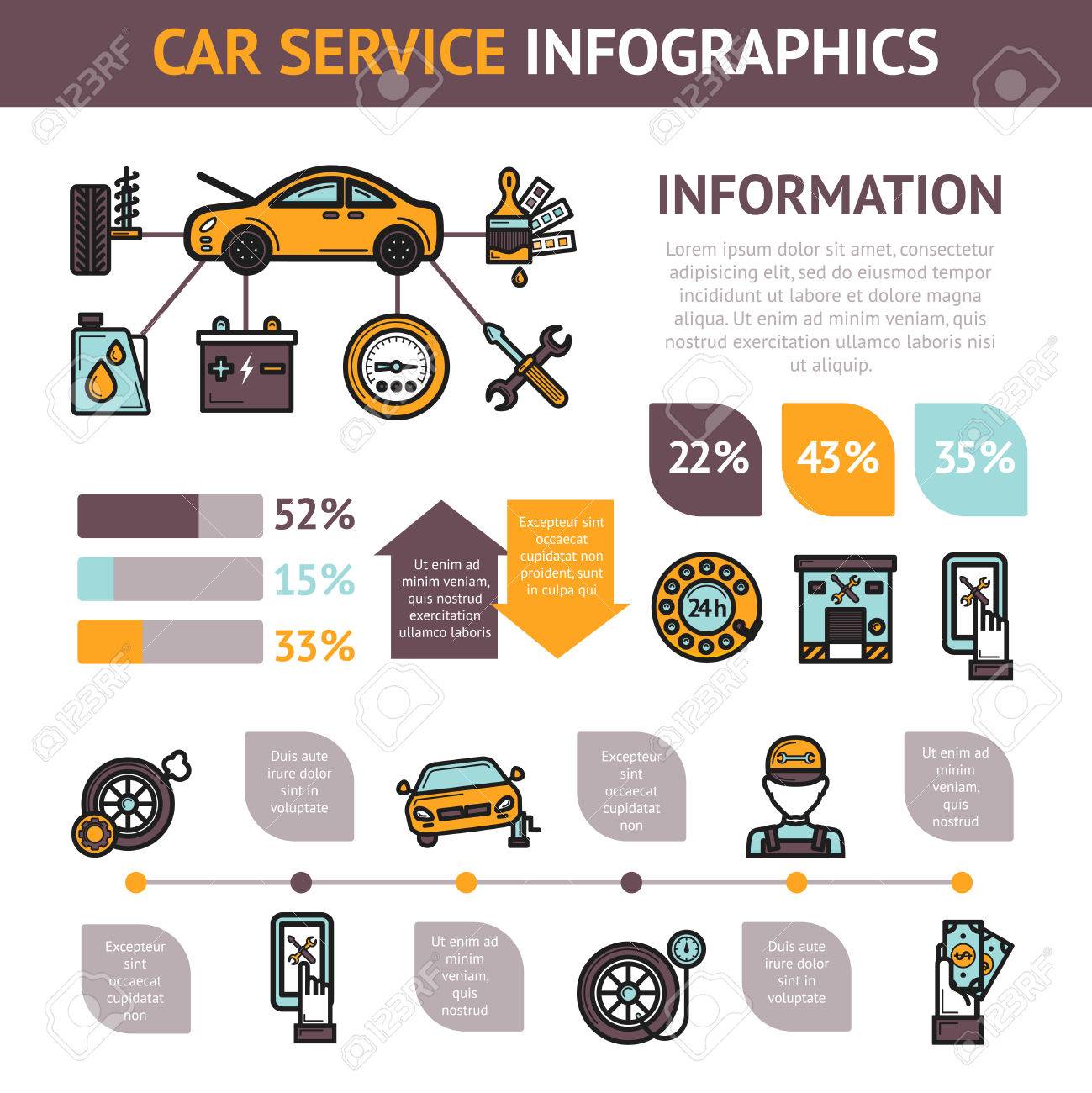Interested In Recognizing The Caution Lights On Your Car'S Control Panel? Discover Their Relevance For Your Automobile'S Security And General Condition
Interested In Recognizing The Caution Lights On Your Car'S Control Panel? Discover Their Relevance For Your Automobile'S Security And General Condition
Blog Article
Created By-Hartley Corbett
When you're behind the wheel, those glowing caution lights on your control panel can be a little bit puzzling. Do you understand what they're trying to tell you regarding your car's health and wellness? Comprehending the value of these lights is essential for your security and the durability of your automobile. So, the following time among those lights turns up, would not you wish to decipher its message accurately and take the necessary actions to resolve it?
Common Caution Lighting and Interpretations
Recognize usual caution lights in your automobile and recognize their definitions to guarantee risk-free driving.
One of the most typical caution lights include the check engine light, which indicates issues with the engine or exhausts system. If this light begins, it's important to have your car inspected promptly.
The oil stress cautioning light suggests low oil pressure, calling for instant focus to avoid engine damage.
A blinking battery light may recommend a malfunctioning charging system, possibly leaving you stranded if not dealt with.
The tire pressure surveillance system (TPMS) light notifies you to low tire stress, impacting automobile security and fuel effectiveness. Overlooking this could result in hazardous driving conditions.
The abdominal muscle light indicates a trouble with the anti-lock braking system, jeopardizing your capacity to stop swiftly in emergency situations.
Last but not least, the coolant temperature warning light warns of engine overheating, which can result in severe damages if not resolved quickly.
Understanding these typical warning lights will assist you deal with concerns promptly and keep risk-free driving conditions.
Importance of Prompt Interest
Comprehending the typical warning lights in your automobile is only the first step; the value of quickly dealing with these cautions can not be stressed sufficient to ensure your safety and security on the road.
When a caution light brightens on your control panel, it's your cars and truck's method of communicating a potential problem that requires attention. Overlooking these cautions can bring about extra severe problems later on, jeopardizing your security and potentially costing you much more in repairs.
https://oil-change-service-near-m73950.bloggactif.com/32065852/distort-up-for-a-revealing-check-into-the-covert-gems-of-top-tier-auto-repair-shops-that-will-transform-your-car-maintenance-regular to alerting lights can stop breakdowns and mishaps. As click web page , a blinking check engine light can indicate a misfire that, if left ignored, could create damage to the catalytic converter. Resolving this promptly can conserve you from a costly fixing.
Likewise, a brake system warning light may signal reduced brake liquid or worn brake pads, essential components for your safety and security when driving.
Do It Yourself Troubleshooting Tips
If you notice a caution light on your dashboard, there are a few do it yourself troubleshooting ideas you can try before seeking expert aid.
The first step is to consult your car's manual to understand what the particular warning light indicates. Sometimes the problem can be as basic as a loose gas cap activating the check engine light. Tightening up the gas cap might solve the problem.
One more common concern is a reduced battery, which can trigger different advising lights. Checking the battery links for deterioration and ensuring they're safe and secure could deal with the issue.
If a warning light lingers, you can attempt resetting it by detaching the automobile's battery for a few minutes and after that reconnecting it. Furthermore, inspecting your automobile's liquid degrees, such as oil, coolant, and brake liquid, can help troubleshoot cautioning lights related to these systems.
Final thought
In conclusion, comprehending your cars and truck's warning lights is vital for maintaining your car running smoothly and safely. By quickly dealing with these notifies and knowing what they indicate, you can stay clear of expensive repair work and prospective failures.
Remember to consult your car's guidebook for particular details on each advising light and take action as necessary to make certain a hassle-free driving experience.
Keep notified, remain safe when traveling!
